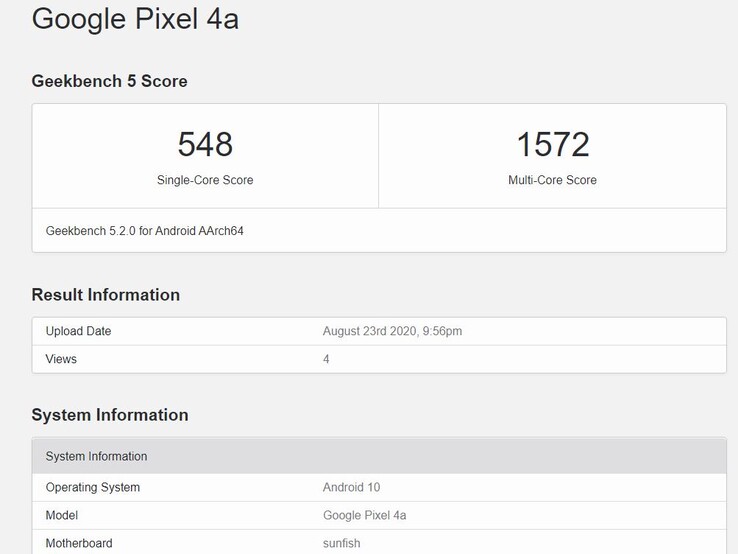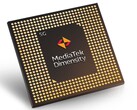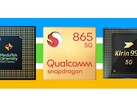After months of teasers and delays, Google finally released the Pixel 4a as a successor to last year's incredibly successful Pixel 3a. With a US$50 drop in price versus the Pixel 3a, the Pixel 4a looks to be the first device in Google's new value-oriented product direction.
Of course, it's always nice to see how much of improvement exists between two generations of tech hardware, so this is a fight between the Snapdragon 730G on the new Pixel 4a and the Snapdragon 670 on the Pixel 3a.
Kicking off with Geekbench, the Snapdragon 670 records a score of 344 in the single-core test. The Snapdragon 730G comes away with a score of 548. That's a pretty huge advantage to the Snapdragon 730G—a 60% jump in performance, to be exact.
On the multi-core test, the Snapdragon 670 comes away with a score of 1,368. The Snapdragon 730G still leads here, with a score of 1,572. It's a victory for the more powerful chipset as expected, but not one quite as exaggerated as that of the single-core test. It's right about a 15% difference.
AnTuTu is typically about the same as Geekbench. Here, the Snapdragon 670 earns a score of 60,824 in the CPU. The Snapdragon 730G on the Pixel 4a leads as expected, with a score of 88,285. That translates into a 45% performance advantage for the Snapdragon 730G, essentially splitting the Geekbench differentials.
On the AnTuTu GPU test, the Snapdragon 670 records a score of 44,265. The Snapdragon 730G on the Pixel 4a continues with its dominance from the CPU tests here, with a score of 70,845 showing a massive 60% advantage. The Snapdragon 730G also leads in the "3DMark - Sling Shot Extreme (ES 3.1) Unlimited Physics 2560x1440" test, with a score of 3,153, versus the Snapdragon 670's score of 2,584—a 22% advantage.
Conclusion
It's safe to say that the Snapdragon 730G on the Google Pixel 4a is a considerably more powerful chipset than the Snapdragon 670 on the Pixel 3a. There's about a 35% difference between the two in both CPU and GPU performance.
Compounding that is the fact that the Pixel 4a offers UFS 2.1 storage while the Pixel 3a only has eMMC 5.1 storage. That, as much as CPU performance, makes a huge difference in real-world usage. The Snapdragon 730G is also built on a more efficient 8 nm node versus the Snapdragon 670's 10 nm manufacturing process.


















